Table of Contents
- Report Template Bundle
- FREE 10+ Quantitative Research Report Templates in MS Word | PDF
- 1. Final Quantitative Research Report
- 2. Quantitative Research Report Template
- 3. Quantitative Report Template
- 4. Quantitative Research Report Sample
- 5. Critiquing Quantitative Research Report
- 6. Global Quantitative Research Report
- 7. Quantitative and Qualitative Research Report
- 8. Quantitative Research Report on Mobile Telephony Market
- 9. Value Assessment Quantitative Research Report
- 10. Pre Market Testing Report Template
- 11. Small Businesses Quantitative Research Report
- Features of Quantitative Research
- Tips on How to Make Do Proper Quantitative Research
- The Basic Research Design
FREE 10+ Quantitative Research Report Templates in MS Word | PDF
In the natural and social sciences, and perhaps in other areas, quantitative analysis refers to the comprehensive empirical study of observed phenomena by statistical, computational and/or mathematical techniques. Quantitative research aims to establish and utilize phenomena-related mathematical hypotheses, models, and theories. The measurement method is important to quantitative research as it presents the basic link to quantitative relationships between empirical observation and mathematical expression.

Report Template Bundle
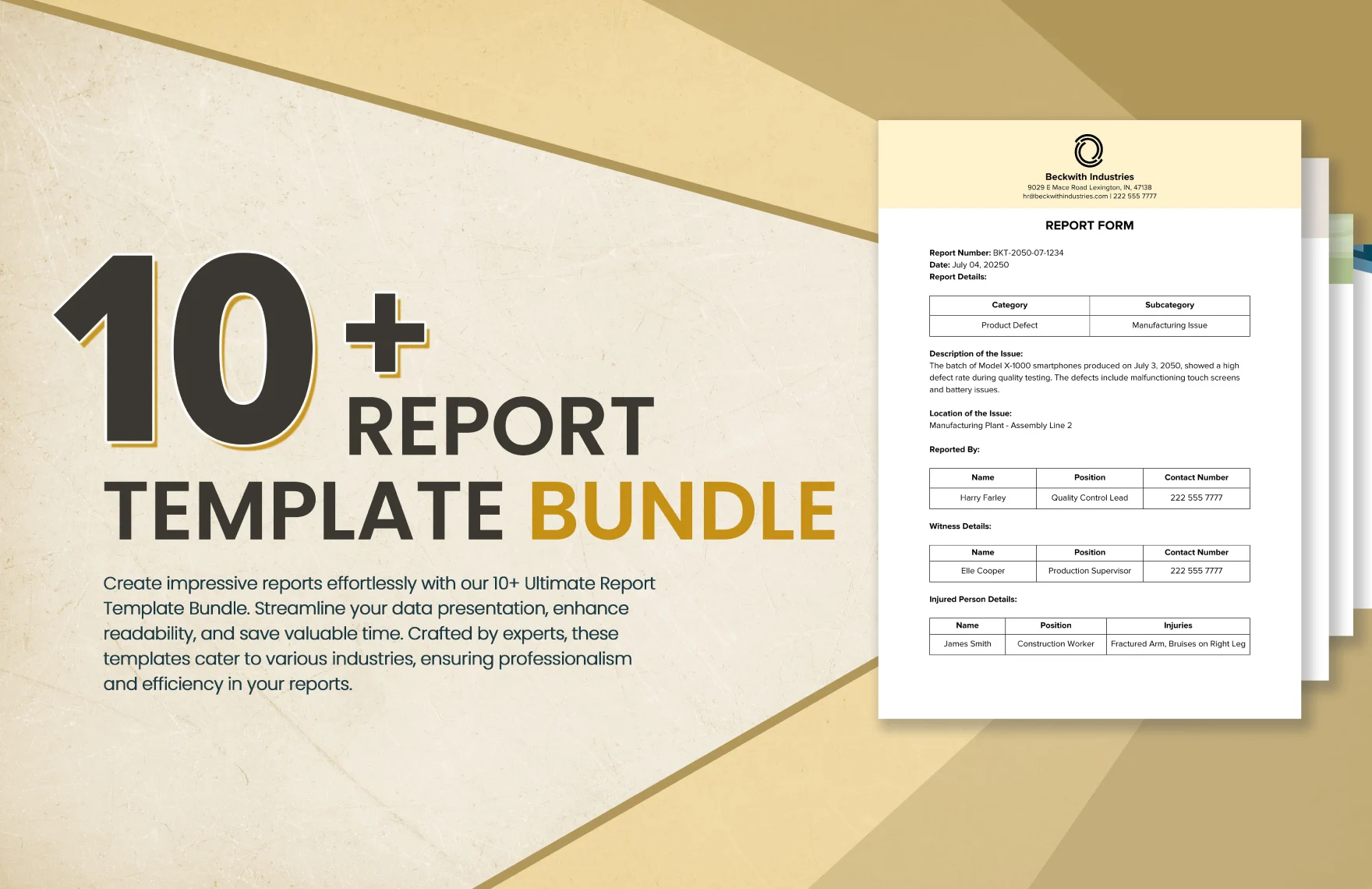
FREE 10+ Quantitative Research Report Templates in MS Word | PDF
1. Final Quantitative Research Report
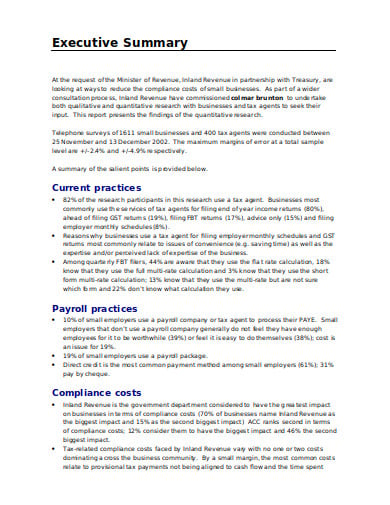 taxpolicy.ird.govt.nz
taxpolicy.ird.govt.nz2. Quantitative Research Report Template
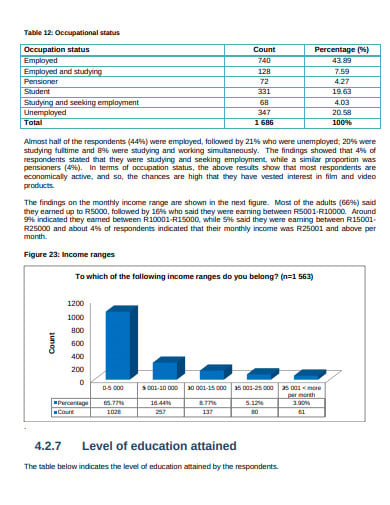 nfvf.co.za
nfvf.co.za3. Quantitative Report Template
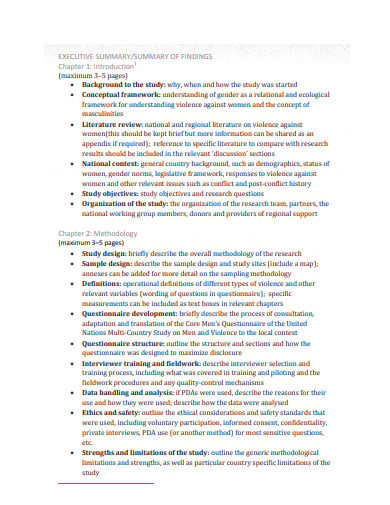 partners4prevention.org
partners4prevention.org4. Quantitative Research Report Sample
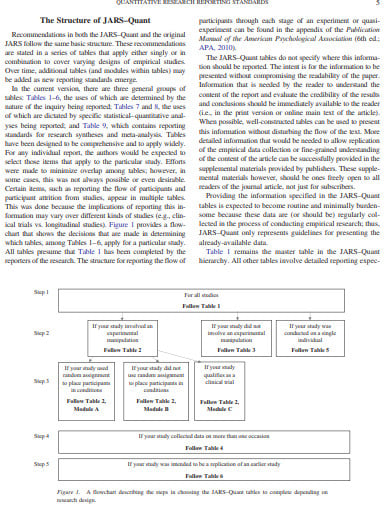 psychology.concordia.ca
psychology.concordia.ca5. Critiquing Quantitative Research Report
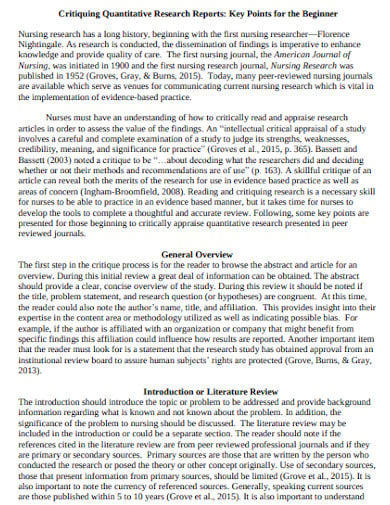 digitalcommons.wku.edu
digitalcommons.wku.edu6. Global Quantitative Research Report
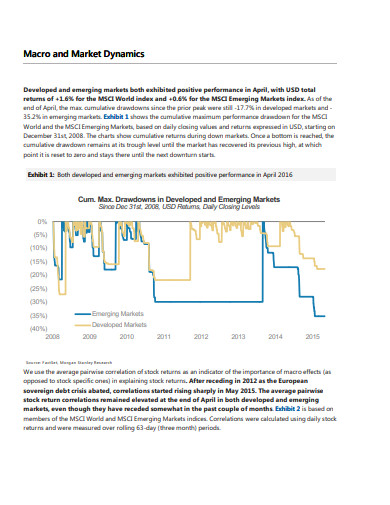 morganstanley.com
morganstanley.com7. Quantitative and Qualitative Research Report
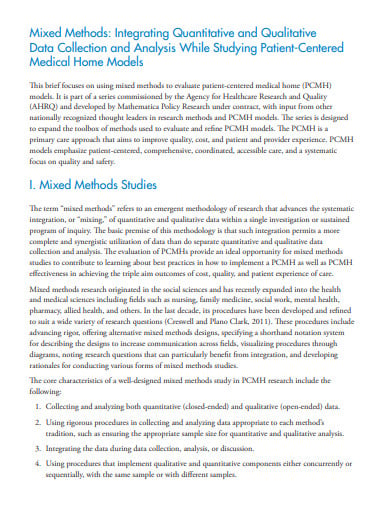 pcmh.ahrq.gov
pcmh.ahrq.gov8. Quantitative Research Report on Mobile Telephony Market
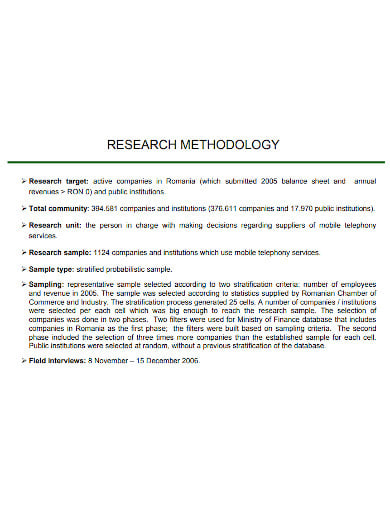 ancom.ro
ancom.ro9. Value Assessment Quantitative Research Report
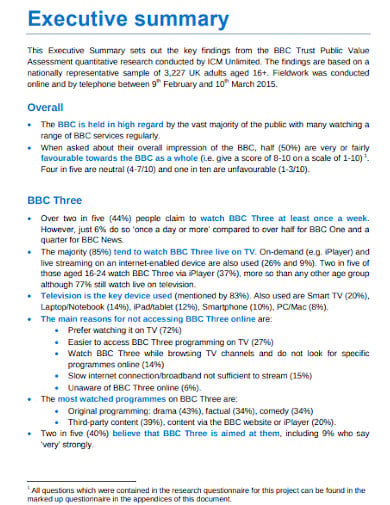 bbc.co.uk
bbc.co.uk10. Pre Market Testing Report Template
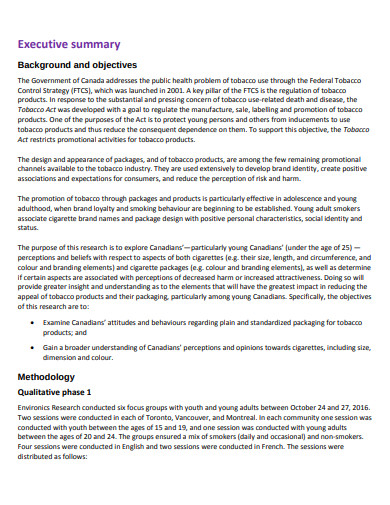 tobaccofreekids.org
tobaccofreekids.org11. Small Businesses Quantitative Research Report
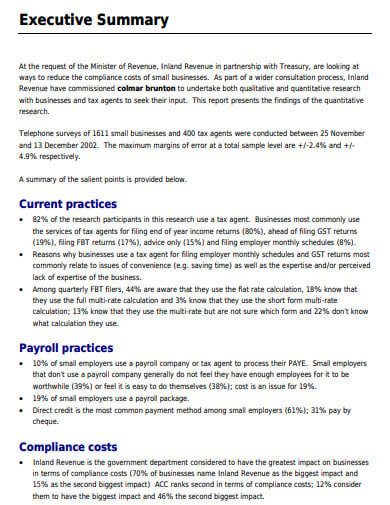 taxpolicy.ird.govt.nz
taxpolicy.ird.govt.nzFeatures of Quantitative Research
1. The data is generally collected using structured research tools.
2. The findings are founded upon larger sample sizes representing the population.
3. Due to its high reliability, the research study may usually be replicated or repeated.
4. Researchers have a clearly defined investigative issue to which objective answers are obtained.
5. Before data is collected, all aspects of the analysis are carefully designed.
6. Data will be in statistics and numbers format and will often be arranged in non-textual tables, maps, figures or other types.
7. The study can be used to generalize ideas more broadly, to predict future outcomes or to investigate causative relations.
8. The researcher utilizes methods to collect numerical data, such as questionnaires or computer software.
Tips on How to Make Do Proper Quantitative Research
There are a few things that must always be kept in mind when doing quantitative research;
- Illustrate and describe the data collected along with their statistical analysis, and all applicable findings of the research issue you are investigating.
- Document and report unexpected events that occurred while gathering your data. Also, explain how the actual analysis varies from the analytics expected. Explain your treatment of missing data and why any missing data doesn’t contradict your studies’ validity.
- Elucidate the methods that you have used to “clean” the data set.
- Choose a statistical method that is minimally adequate; justify its use and a guide for it. Determine any programs used on your computer.
- Identify and define the assumptions for each protocol and the measures you took to guarantee they were not breached.
- While you are using inferential statistics, provide for each variable the descriptive statistics, confidence intervals, and sample sizes as well as the importance of the test statistics, their course, the coefficients of freedom and the level of significance [ in other words, you have to report the actual p-value ].
- Do not assume causality, especially in non-randomized designs or without additional experimentation.
- Make use of tables to give accurate values; use figures to express global impacts. Hold figures small in size; give, where possible, graphical representations of confidence intervals.
The Basic Research Design
You must determine if the case will be descriptive or experimental before conducting a quantitative research study as this will influence how you collect, evaluate and interpret the results. In a descriptive study, topics are usually evaluated once and the aim is to create only correlations between variables. A sample population of hundreds or thousands of subjects can be included in the analysis to ensure that a reliable approximation of the generalized association between variables is given. The experimental design involves subjects evaluated before and after a specific treatment; the sample population can be very small and deliberately chosen, and is intended to determine causality between variables.
Introduction
Typically, the intro to quantitative research is presented in the present tense from a third-person perspective. This includes information such as:
- Defines the research issue — as with any academic study, the research issue to be studied must be mentioned clearly and concisely.
- Reviews the literature — review research on the subject, synthesize major themes and, if required, mention research using similar inquiry and analysis methods.
- Explains the theoretical framework — provide a theoretical overview or hypothesis that underpins your research. Also, defines unfamiliar or complex words, concepts or ideas if applicable, and provides extensive background information.
Methodology
A quantitative study’s methodology section will explain how each of the study’s goals will be accomplished. Make sure that you provide sufficient detail to allow the reader to do an informed evaluation of the approaches used to obtain research-related results. The segment on strategies should be addressed in the past tense.
- Population research and sampling: from where the data came; how stable it is; remember where discrepancies occur, or what was removed.
- Collection of data: Define the methods and techniques used to obtain information and classify the variables to be measured; describe the methods used to gather data, and mention whether the data is pre-existing (such as government data) or whether you collected it yourself.
- Analysis of data: Define the data collection and analyzation procedures. Describe, where necessary, the different analytical instruments used to analyze each research goal, including statistical methods and the form of software used to manipulate the data.
Results
Your study result needs to be written objectively and in a distinct and accurate format. Graphs, tables maps, and other non-textual elements are frequently used in quantitative studies to help the reader understand the results. You also need to make sure that the non-textual elements are not removed from the text but are used to complement the overall output definition and to help clarify key points that are being made.
Statistical analysis: Determine how you assessed the data and also what the key data findings were. The tests will be in a linear, logical sequence. Describe these patterns or negative outcomes but don’t explain them; save it for the reference section. Present the findings in the past tense.
Discussion
Discussions need to be detailed, rational and critical. The discussion should mix your findings with those identified in the review of the literature and place them within the context of the study’s theoretical framework.
- Results Interpretation — explain the research issue being studied, and equate the findings with the research questions influencing the study. Determine if they confirmed expected results or if the data denied it.
- Pattern overview, group comparison, or variables relationships: Describe any patterns that have originated from your research and clarify all unexpected and statistically insignificant results.
- Discussions on implications: what are the consequences of your results? Highlight key findings based on the overall results and mention specific findings you think are important. Why did the results help fill the gaps in understanding the problem of research?
- Limitations — identify any constraints or inherent prejudice in your analysis and explain why these limitations did not hinder an accurate interpretation of the findings if appropriate.
Conclusion
End your research study by summarizing the subject and provide the study with a final comment and evaluation.
Results overview: synthesize the responses to your research questions. Do not present any statistical data here; simply provide a concise overview of the key findings and explain what has been discovered you did not know before the study was conducted.
Suggestions: connect important findings with policy recommendations or steps to be taken in practice, as necessary for the assignment.
Future research: mention the need for future research linked to the shortcomings of your study, or any existing literature gaps that have not been covered in your study.






